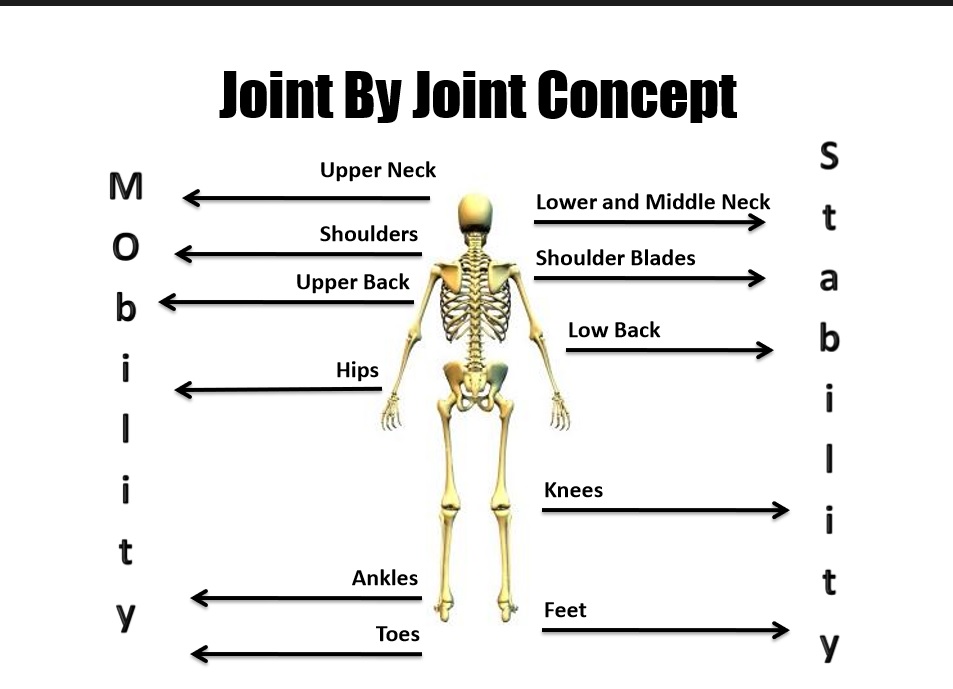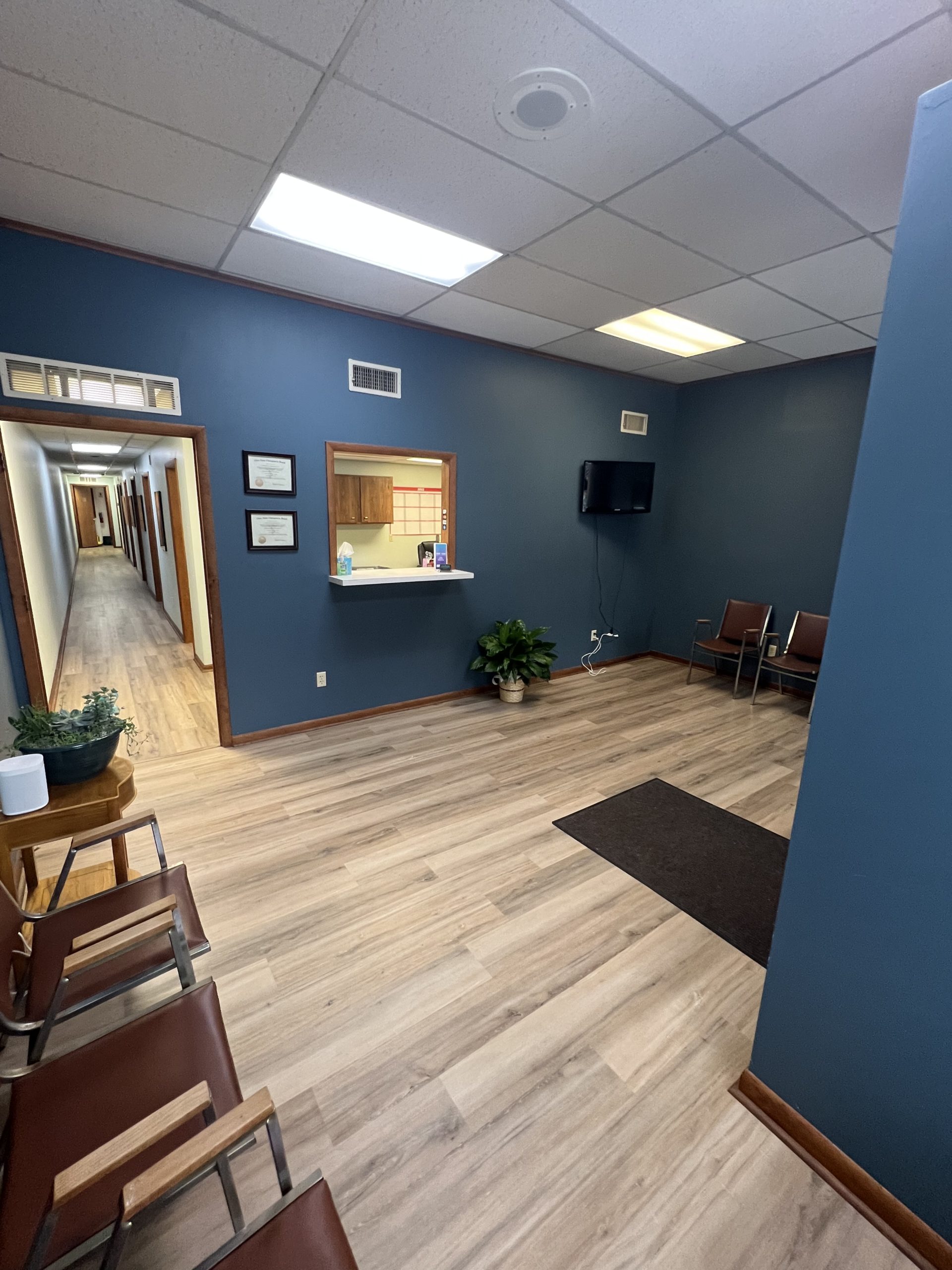
When it comes to the human body every joint and region has a specific function. The overall function or movement of a joint plays a crucial role in how you feel. For instance, those who function well are typically pain and injury free. Those who function poorly are just the opposite, in pain and experiencing injury. You will often hear medical providers use the terms Mobility and Stability when it comes to different regions of your body. So, what exactly does this mean, and how does it relate to your health? Let us take a closer look:
Mobility is defined as “The ability to move or be moved freely and easily”.
Stability is defined as “Not likely to give way or overturn; firmly fixed”.
Simple definitions of each term, but the question most asked is: How much mobility and stability do I need to be pain free? The answer…IT DEPENDS. It depends on what you do every single day from the time you wake up, to the time you go to sleep. A gymnast is going to need more mobility than an offensive lineman. A handyman will need more stability than a teacher. There is a balance between the two, and if that balance is achieved, we find that injury risk and pain levels will drop drastically. The generic rule of thumb comes from what is called the Joint by Joint Approach. Each joint is looked at from the ground up, and each joint has a role of either Mobility or Stability.
Ankle – Mobility
Knee – Stability
Hip – Mobility
Lumbar Spine – Stability
Thoracic Spine – Mobility
Scapula – Stability
Shoulder – Mobility
Lower & Middle Cervical Spine – Stability
Upper Cervical Spine – Mobility
As stated above, there is a happy medium to a joint being mobile and/or stable. If the ankle is excessively mobile than it can lead to a possible injury, and if the Lumbar Spine is excessively stable (or stiff), the body will recruit movement from other regions not designed to carry the extra work. Situations like that is where a movement assessment becomes necessary. We perform a simple movement assessment to determine which joints are not functioning as they should. Based on the results of that movement assessment, we can determine where the cause of your pain is coming from. For example, if individuals:
Lose ankle mobility, get knee pain
Lose hip mobility, get lower back pain
Lose thoracic mobility, get neck, and shoulder pain, or possible lower back pain
The area of pain is generally treated, but to fix the problem, the joint that has lost function will be addressed in the rehab program.
While it can be difficult to self-address these potential issues, certain things that you can look out for are:
- Popping/Clicking sounds every time you move a specific joint.
- The feeling of a joint “popping out of place” or “dislocating”.
- Excessive stiffness. The feeling of always being “tight” or “tense”.
If you notice any of these issues daily, a movement assessment would be ideal for you. We often tell people that these issues are much easier to fix prior to injury and pain. We can prehab the joint instead of rehab the joint. This allows you to stay on the field, continue to work, and live life pain free. If you think that you could benefit from a movement assessment, or have concerns regarding your mobility/stability, give us a call. We are here to help!












